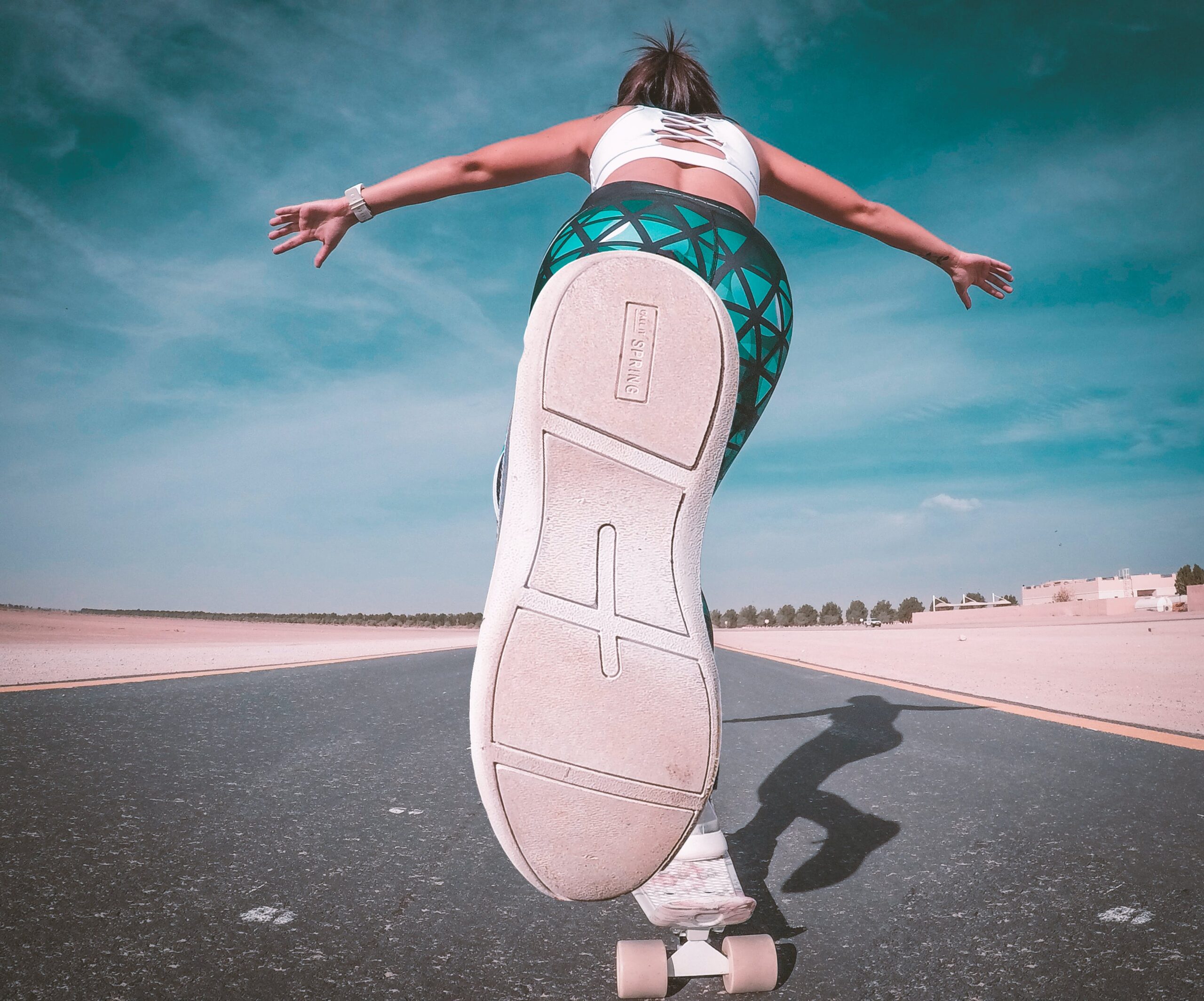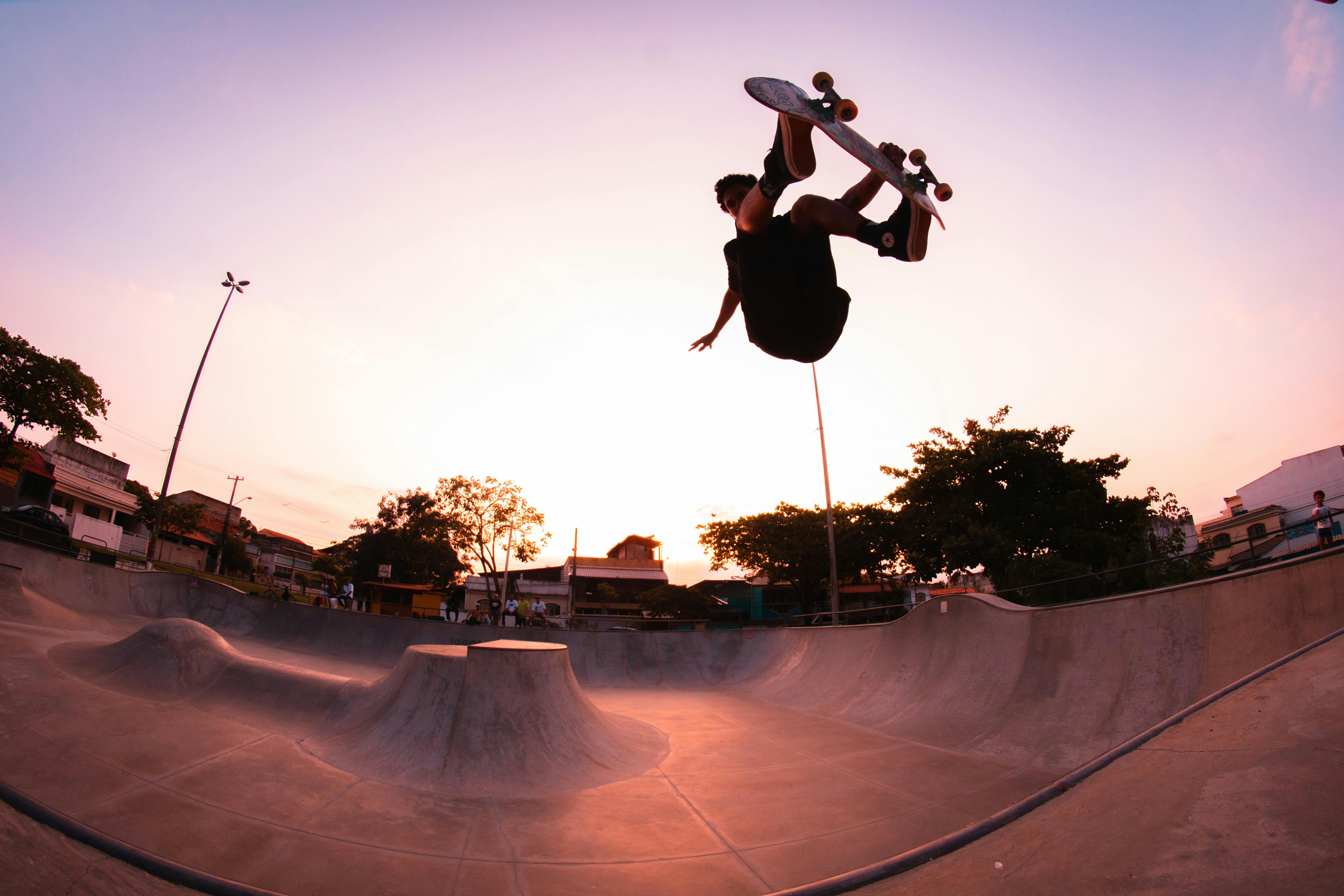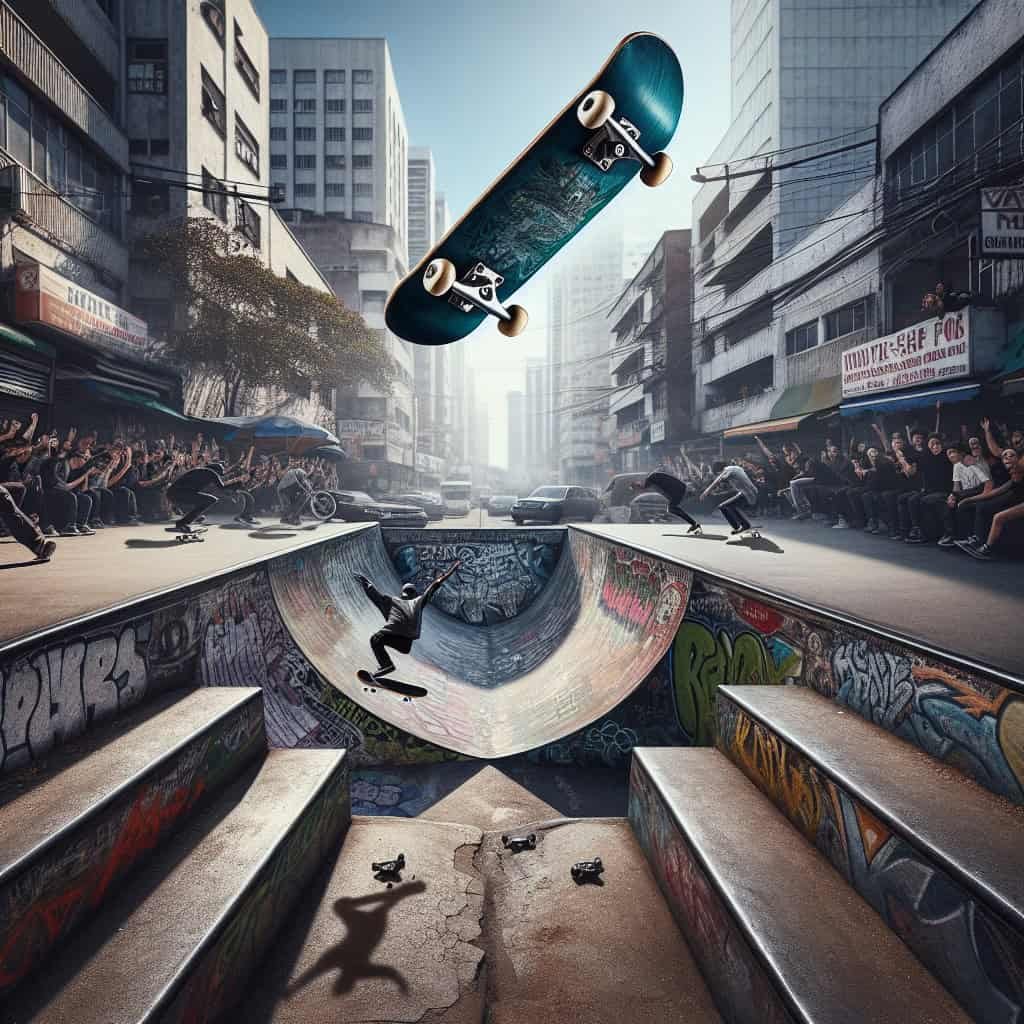If you’ve been honing your skills at the park and are ready to conquer the streets, or if you’re a street skater looking to test your abilities in a different environment, figuring out how to transition between park skating and street skating can be both exciting and daunting. Each style of skating requires a unique set of skills and techniques, but with the right mindset and a little practice, you can seamlessly switch between the two and master both realms of the skateboarding world. Whether you’re grinding rails or carving bowls, this article will provide you with the insights and tips you need to confidently tackle any skating terrain.

Finding the Right Skateboard Setup
When it comes to skateboarding, finding the right setup is crucial to ensure a smooth and enjoyable ride. Whether you prefer park skating or street skating, each requires specific equipment tailored to the style of skating. It’s important to understand the differences between the setups to make an informed decision.
Park Skating Setup
For park skating, your skateboard setup should prioritize stability and control. A common choice for park skaters is a wider deck with a length ranging from 8 to 8.5 inches. This extra width provides a larger surface area for landing tricks and allows for more stability when tackling transitions and ramps.
In terms of trucks, opting for a medium width is recommended. This provides a good balance between stability and maneuverability. Pair your trucks with medium-soft bushings to allow for easier turns while still maintaining stability on landings.
When it comes to wheels, park skaters often choose smaller and harder wheels. A diameter ranging from 50 to 54mm and a hardness of 97A to 101A is ideal for smooth park surfaces. Smaller wheels allow for quicker acceleration, while harder wheels provide better slide on ramps and transitions.
Street Skating Setup
Street skating requires a slightly different skateboard setup compared to park skating. The emphasis here is on maneuverability and versatility, as street skaters often encounter various obstacles and rough surfaces. A narrower deck with a length ranging from 7.5 to 8 inches is commonly used for street skating. This allows for greater flip control and makes it easier to navigate through tight spots.
For trucks, opting for a narrower width is recommended to enhance maneuverability. Pair them with medium-hard bushings to strike a balance between stability and turnability. This setup allows for precise turning and quick response to street obstacles.
When it comes to wheels, street skaters tend to choose slightly larger and softer wheels. Opt for a diameter ranging from 52 to 54mm and a hardness of 95A to 101A. Larger wheels provide more speed and roll over rough surfaces with ease, while softer wheels offer a smoother ride and better grip for tricks and slides.
Mastering Basic Skateboarding Skills
Before delving into the specific techniques and tricks associated with park and street skating, it’s crucial to master the foundational skills that form the basis of any skateboarding style.
Balance and Stance
Maintaining a proper balance and stance is essential for executing any skateboarding maneuver. Stand with your feet shoulder-width apart, perpendicular to the length of your skateboard. Keep your knees slightly bent and your body centered over the board. Distribute your weight evenly between both feet to ensure stability.
Pushing and Riding
Pushing is the primary method of propulsion in skateboarding. Push off the ground with your back foot while keeping your front foot on the board. As you gain speed, place your pushing foot back onto the board, positioning it over the rear bolts.
Riding involves maintaining balance while coasting on your skateboard. Keep your weight centered and make small adjustments with your feet and body to maintain control.
Turning and Carving
Turning involves shifting your weight in the desired direction to change your skateboard’s direction. To turn, lean your body slightly in the direction you want to go while bending your knees. Apply pressure to the toeside or heelside edge of your skateboard to initiate the turn.
Carving refers to making wider turns by leaning your body and shifting your weight from heelside to toeside while maintaining momentum. Carving is useful for navigating corners and generating speed.
Ollie
The ollie is a fundamental skateboarding trick that forms the basis for many others. To perform an ollie, start by bending your knees and crouching down. As you pop the tail of your skateboard down, simultaneously slide your front foot forward toward the nose of the board. This motion will cause the skateboard to lift off the ground. Once airborne, level out the board by leveling your feet and absorb the impact as you land with your knees bent.
Bunny Hop
The bunny hop is another essential skill that allows you to clear obstacles or perform tricks. To execute a bunny hop, crouch down and compress your legs. As you explode upward, jump off both feet simultaneously while lifting your skateboard off the ground. Pull your legs up towards your body to give the board height and clearance over obstacles. Land with your knees bent to absorb the impact.
Understanding Different Terrain
Skateboarding is not limited to a single type of terrain. Understanding the characteristics of different terrains is crucial for adapting your riding style and executing tricks with confidence.
Street Terrain
Street terrain encompasses the urban landscape, including sidewalks, plazas, stair sets, handrails, ledges, and more. This type of terrain presents unique challenges due to its rough surface textures and the presence of obstacles. Street skaters must navigate cracks, curbs, and rough pavement while maintaining control and executing tricks.
Park Terrain
Skate parks are purpose-built recreational spaces designed specifically for skateboarding. They feature a variety of ramps, quarter pipes, mini ramps, bowls, and other obstacles. Park terrain is typically smoother than street terrain, allowing skaters to focus on transitions, airs, and technical tricks. The park environment provides more predictable and controlled conditions for practicing and mastering skateboarding skills.
Adjusting to Different Obstacles
Skateboarding is synonymous with conquering obstacles. Whether you’re an avid park skater or prefer the challenges of street skating, mastering different obstacles is essential.
Park Obstacles
Skate parks offer a plethora of obstacles to challenge yourself with. From coping-lined bowls to pyramid hips and grind rails, each obstacle requires a unique approach. Transition obstacles such as quarter pipes and half pipes require speed, pumping, and an understanding of maintaining momentum. Rails and ledges require precise foot placement and balance to execute grinds and slides. Take the time to analyze and understand each obstacle to maximize your performance and creativity on the park terrain.
Street Obstacles
Street skating is all about finding and conquering new obstacles in the urban environment. Stair sets, handrails, curbs, and ledges are just a few examples of the obstacles you may encounter. These obstacles often require a combination of technical skill, balance, and creativity. Understanding how to approach and adapt to different street obstacles will expand your skateboarding repertoire and open up endless possibilities for tricks and lines.

Developing the Right Mindset
Skateboarding is not just a physical activity; it also requires a specific mindset to overcome challenges and embrace progression.
Fear and Confidence
Fear is a natural part of skateboarding, especially when attempting new tricks or conquering intimidating obstacles. However, learning to manage and overcome fear is essential to push your limits and progress as a skater. Building confidence in your abilities and gradually pushing yourself outside your comfort zone will help you overcome fear and achieve your skateboarding goals.
Street Skating Mindset in Parks
When transitioning from street skating to park skating, it’s important to adopt the right mindset. Parks offer a controlled and predictable environment, allowing you to focus on honing your skills and exploring new terrain. Embrace the opportunities the park provides, such as learning transi

